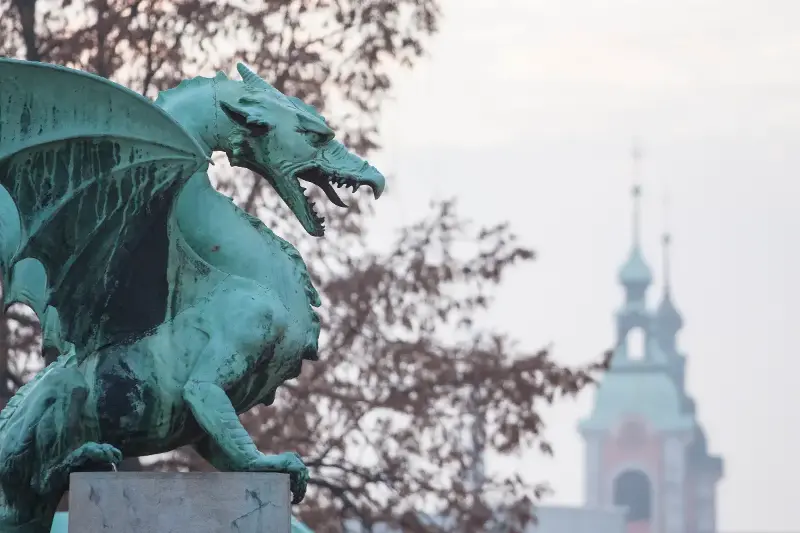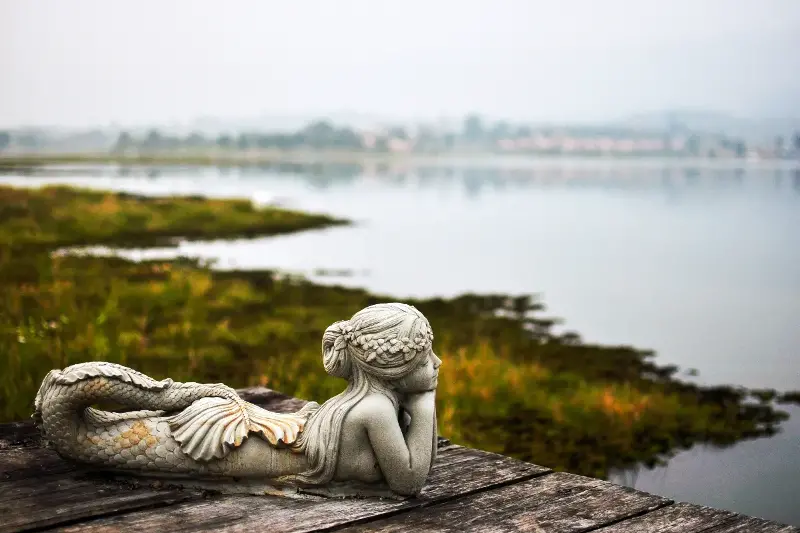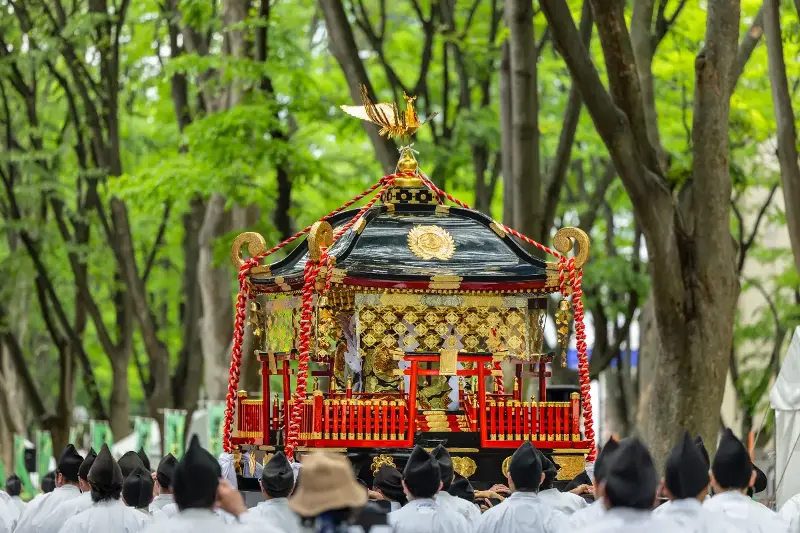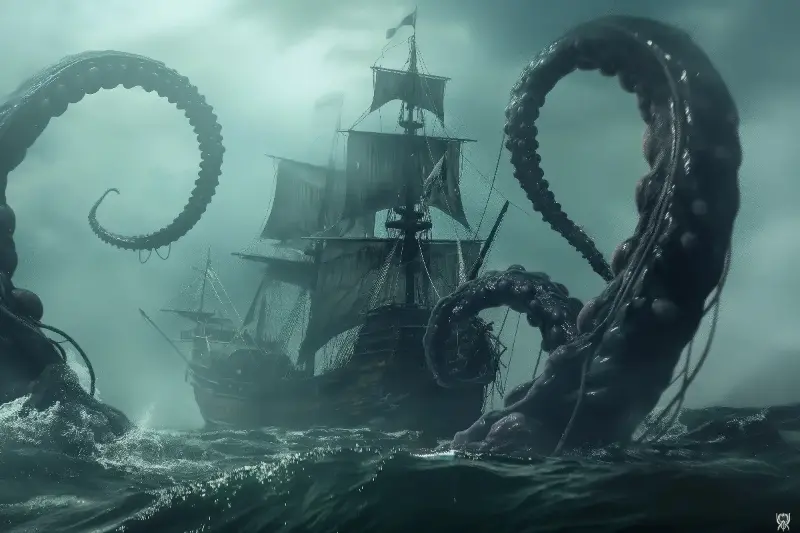Dragons: Universal Beasts of Power and Wisdom

Dragons are, perhaps, the most recognised mythical creatures across the globe. With their formidable presence—sometimes portrayed as wise, other times as destructive—they straddle the thin line between fear and reverence.
- In Europe, dragons are depicted as treasure-hoarding monsters, vanquished by knights in shining armour, their defeat symbolising the triumph of good over evil.
- In contrast, Chinese dragons represent luck, nobility, and strength. Their serpentine bodies, often seen parading in festivals, bring rain and prosperity.
What endures about the dragon myth is its adaptability—it evolves to reflect cultural values, whether that’s guardianship or chaos, power or benevolence.
Mermaids: Sirens of the Deep and Cultural Chameleons

With their enchanting beauty and dual identity, half human and half fish, mermaids have captivated imaginations for centuries. These aquatic beings star in the folklore of cultures from the Western coasts of Africa to the icy waters of Scandinavia.
- Greek legends spoke of sirens luring sailors to their doom, fusing peril with allure.
- In Japan, the ningyo promised health and immortality, but at the high price of tragic fate.
- For many, mermaids embody both the seductive mystery and the potential peril of the ocean itself.
The mermaid’s enduring myth lies in her contradiction—both saviour and destroyer—mirroring our complex relationship with the sea.
Phoenix: The Eternal Flame of Renewal

The phoenix, a magnificent bird consumed by fire and born anew from its own ashes, stands as a universal symbol of rebirth and hope.
- Egyptian mythology offered the Bennu, a heron-like bird believed to be the soul of the sun god Ra.
- In Greek stories, the fiery phoenix heralded the rise of a new epoch every 500 years.
- Chinese culture’s Fenghuang signified both harmony and virtue.
No matter the origin, the phoenix myth insists on the possibility of starting over—there is always hope, no matter how fierce the flames.
Kraken: Monsters Beneath the Waves

Few legends evoke more awe than that of the kraken, the colossal sea monster lurking in Nordic seas. First chronicled by Scandinavian fishermen, the kraken could drag entire ships under with its titanic tentacles.
- Some theorists link the kraken to real-life sightings of giant squids, blending maritime fact with myth.
- The kraken’s story endures thanks to tales of exploration and terror on the high seas, fuelling stories from "Twenty Thousand Leagues Under the Sea" to "Pirates of the Caribbean."
This creature reminds us of humanity’s constant battle with forces beyond our understanding—the ocean’s unknown depths still excite and terrify.
Kappa: Mischievous Rivals in Japanese Rivers

Among Japan’s pantheon of yokai (spirits or monsters), the kappa stands out for its amphibious mischief. These river goblins, with their beak-like mouths, turtle shells, and water-filled heads, are both feared and appeased by rural communities.
- Kappa are blamed for drownings and pranks, yet also reputed to teach battlefield medicine and respect for waterways.
- The unique belief that bowing to a kappa could save you—since it would return the bow and spill the vital water atop its head—melds etiquette with folklore.
Through the kappa, Japanese culture explores the complexities of nature—dangerous, demanding respect, but not entirely without reason or mercy.
Our Enduring Fascination with Legendary Creatures
From the dragon’s ancient wisdom to the phoenix’s fire, these legendary beings leave footprints on cultures across continents and centuries. They offer more than tall tales—they reflect our hopes, fears, respect for the unknown, and fascination with the universe’s mysteries. What might we discover next, if we look again at the stories the world has woven? Perhaps the legends themselves hold keys to aspects of humanity still unexplored.
